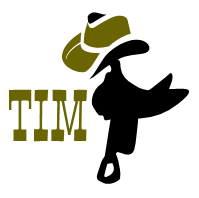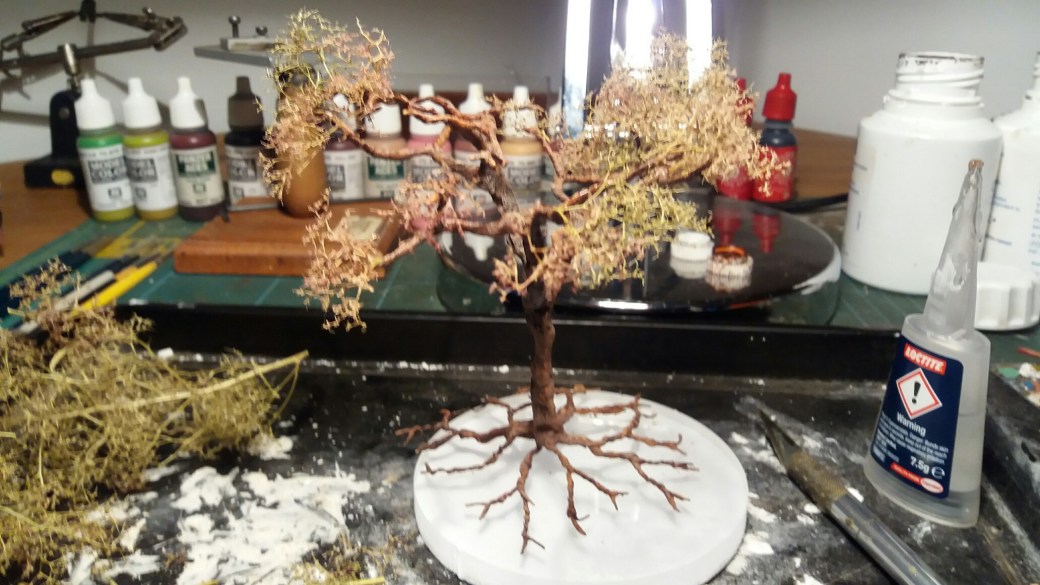My American Civil War diorama, when complete, aims to show a six-horse Confederate limber and cannon having crossed a river via a covered bridge. A group of infantry men are standing either side of the road making way for the limber team to ride on through.
I have completed a tree for the diorma, the bridge and most of the figures and horses. It was time to work on the base, specifically the small section of river which needed to be created.
My base was slightly modified by adding some wooden quadrant to all four sides. This was done to raise the edges of the base and to give depth for the river and its banks to be made. Filler, scraps of wood and whatever else was lying around was used to bring the base, with the exception of the river, to the level of the newly added quadrant.
The area which would become the river bed was then painted black. This was done purely as a precaution just in case anything showed through at a later stage when it would have been too late to do anything about it. Using a variety of materials – small bits of stone and gravel, cat litter and anything else rock like – I created the banks of the river. Some pieces of fallen tree were added too to add a little more interest.
The river bed and bank were then painted using oil paints diluted slightly with white spirit. Black was used to depict the bottom and therefore the deepest part of the river and then I used burnt umber, burnt sienna and raw sienna as as I worked my way from the bottom of the river bed and up the sides of the bank. The oil paints blend well and dry a little quicker when used with white spirit.
Once dried the various “rocks” on the river bed and along the river bank, together with the pieces of fallen tree, were dry brushed to bring out detail and shading. The next step was to add the “water”. For this I use a Woodland Scenics product called Realistic Water, a silicone product which dries clear. Pending the depth of your river it is best to build up in layers allowing each one to dry before adding more “Realistic Water”. It does take quite a while to dry and is often best left to do so over night.
Having added the “Realistic Water” to the desired depth my next step was to add movement to the river. If you only want to create the effect of a mill pond then movement is less critical but for a flowing river it’s a must. Woodland Scenics do have products which you can buy to help achieve this but these can be pretty expensive to buy in the UK and besides there are other ways of doing it. My preferred method is to simply take an old paint brush (you can use other things instead) and rough up the silicone a bit before it has gone off completly hard. This does of course mean keeping an eye on it but as it does take a long time to dry so you only need to check after several hours and not every few minutes. The aim of this process is to create ridges in the silcone to simulate water movement. You do not need to go deep into the silicone but you do need to go with the flow of your river and not across. Once done leave to dry completely.
When completly dry I used to white oil paint to dry brush the ridges of the silicone. It’s best to go sparingly and add more as you think you need it. If all goes well your river now looks like it’s flowing as the highlighted ridges look like white water.
Below are a few pictures of the various stages referred to above. Images of the completed diorama will be posted soon.


















